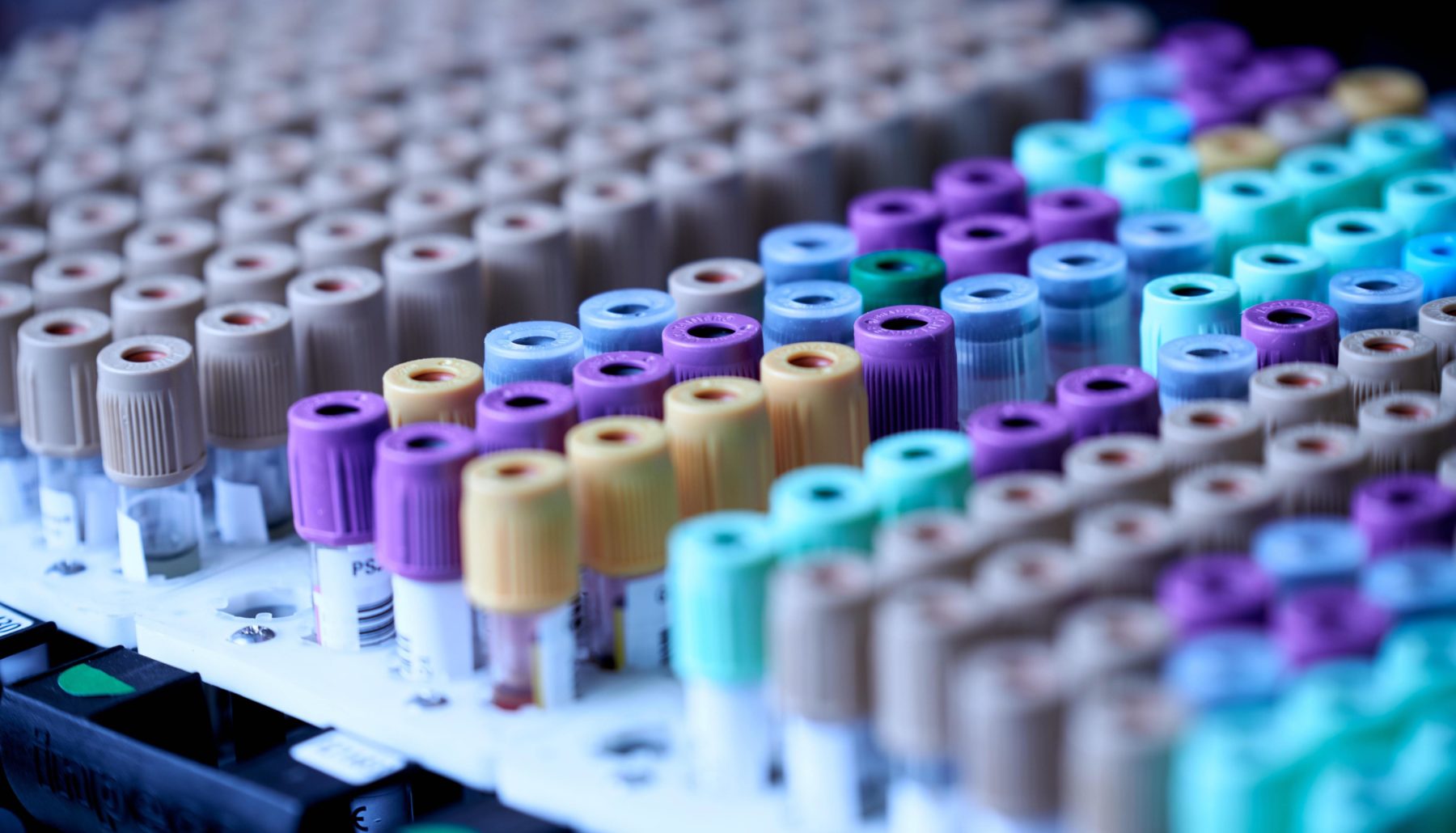Risks from atomically precise manufacturing

Summary
Both the risks and benefits of advances in atomically precise manufacturing seem like they might be significant, and there is currently little effort to shape the trajectory of this technology. However, there is also relatively little investment going into developing atomically precise manufacturing, which reduces the urgency of the issue.
Our overall view
Sometimes recommended
Working on this problem could be among the best ways of improving the long-term future, but we know of fewer high-impact opportunities to work on this issue than on our top priority problems.
Profile depth
Exploratory
Table of Contents
- 1 Why could risks from atomically precise manufacturing be a pressing problem?
- 1.1 Atomically precise manufacturing might be feasible, and there’s incentive to develop it
- 1.2 There are risks associated with atomically precise manufacturing
- 1.3 When can we expect to develop this technology?
- 1.4 We might be able to reduce the risks — though we’re pretty unsure how
- 1.5 Work in this area is extremely neglected
- 2 What are the major arguments against this problem being pressing?
- 3 What can you do to help?
- 4 Learn more
Why could risks from atomically precise manufacturing be a pressing problem?
Atomically precise manufacturing is a form of particularly advanced nanotechnology. With atomically precise manufacturing we could build products out of individual atoms and molecules, allowing us to perfectly create a very wide range of products with very few flaws. Effectively, this would be like having perfect 3D printers that can produce anything.
Atomically precise manufacturing might be feasible, and there’s incentive to develop it
Molecular machines — tiny mechanical machines on the scale of just a few individual molecules — exist in nature, which means they’re definitely possible to create. In fact, we’ve actually produced a wide variety of simple artificial molecular machines. With time, we may be able to design and produce machines as small and complex as biological organisms.
This could be useful for a number of reasons:
- Cheap energy — we may be able to produce even more efficient batteries and solar cells. The use of semiconductors in these devices means that they’re already one of the things we make to the highest degree of precision — it’s possible that even more precision could improve these devices further.
- Carbon capture and storage — we may be able to produce cheap, high-performance nanoscale devices to remove CO2 from the atmosphere.
- Medicine — we may be able to produce devices on the scale of human cells for targeting medical issues.
- Cheap manufacturing — we may be able to take apart most things (even, for example, trash) and use the individual atoms to produce anything else, meaning that everything we manufacture could theoretically be made in one location using only extremely cheap inputs.
While we’re confident it’s possible to create the technology required for simple atomically precise manufacturing, it’s not clear that we could create technology advanced enough to do everything in the above list. But if we can do any of the above, it seems like there will be significant incentive to develop and produce this technology.
There are risks associated with atomically precise manufacturing
There appear to be substantial (and perhaps even existential) risks associated with developing atomically precise manufacturing:
- Widespread access to atomically precise manufacturing could lead to widespread ability to unilaterally produce things as destructive as nuclear weapons or catastrophic pandemics.
- States with this technology may have an incentive to produce new kinds of weapons with atomically precise manufacturing (even if most people don’t have access to this technology).
- Manufacturing that can disassemble and produce products from extremely cheap inputs could lead to a much faster design and prototyping cycle for weapons.
- We may be able to produce more powerful computers, which could increase risks from transformative AI.
That said, there are also reasons to think that atomically precise manufacturing could decrease existential risks. For example:
- Medical improvements could increase pandemic resilience.
- Atomically precise manufacturing might be better at producing defensive or strategically useful weapons that pose less risk to humanity as a whole, reducing risks from things like nuclear weapons.
Overall, we’re not sure whether developing atomically precise manufacturing would be good or bad.
When can we expect to develop this technology?
It’s really hard to say.
Ben Snodin, a researcher at Rethink Priorities, guessed there’s something like a 4–5% probability of advanced nanotechnology1 arriving by 2040 (though he emphasises the guess is unstable).
A process for automating the advancement of science and technology may significantly shorten how long it takes us to develop atomically precise manufacturing. However, such a process would be transformative in its own right, so it’s not clear to us whether any work done on the development of atomically precise manufacturing now would be relevant if the technology is developed as a result of automated research.
We might be able to reduce the risks — though we’re pretty unsure how
We’re not currently sure what the best things to do to reduce this risk might be — we think more research in this area would be valuable.
But it does seem plausible that there are things that could be done, particularly through developing better strategies for managing the development of nanotechnology. These include:
- Identifying and accelerating any particular areas of technical research that could make atomically precise manufacturing more likely to be beneficial overall.
- Researching policy recommendations around atomically precise manufacturing.
Work in this area is extremely neglected
Snodin estimates that there is around one full-time equivalent person working on nanotechnology strategy as of 2022. We think that at least 2-3 people should be working full time on this issue.
What are the major arguments against this problem being pressing?
There are several possible reasons to think this problem isn’t a high priority to work on:
- It’s not clear that atomically precise manufacturing is completely feasible. Snodin guesses that there’s a 20–70% chance that advanced nanotechnology is possible in principle to build.
- It might be too early in the technology’s development for work on this now to have any concrete impact on atomically precise manufacturing’s ultimate trajectory.
- It seems very likely that there will be warning signs about the development of atomically precise manufacturing (for example, commercial research entities forming around the subject). This means we may be able to mitigate the risks in the future without doing any work on the subject now.
- There could be harms to engaging in work around atomically precise manufacturing. For example, if the technology would truly be harmful overall, then speeding up its development through raising interest in the topic could cause harm. Also, ill-considered initial work in reducing risks from atomically precise manufacturing may put other people off working on the topic in the future. (For more, see our article on avoiding accidentally doing harm.)
- Other problems might be more pressing overall. For example, we think there are more concrete ways to reduce the risks from catastrophic pandemics, and we think that we’re more likely to face an existential threat from nuclear weapons or transformative artificial intelligence.
What can you do to help?
At the moment — due to huge uncertainties — we think that research into what the best possible approaches might be to mitigate risks from atomically precise manufacturing might be extremely valuable.
What are the key organisations in this space?
- Rethink Priorities produced an in-depth report on which much of this article is based.
- The Center for Responsible Nanotechnology and the Institute for Molecular Manufacturing may be doing relevant work (although Snodin says he’s not aware of any recent relevant work from these organisations).
Who might be a good fit for this work?
Some qualities indicating a high level of personal fit for this work include:
- A background in a relevant academic area (including chemistry, physics, biology, and/or materials science).
- The judgement needed to avoid accidental harm.
- The willingness and ability to work on a difficult, unexplored, and speculative problem. This involves figuring out what is important for yourself and working on it without much guidance — so being entrepreneurial, independent, and patient will be very helpful.
Learn more
This problem profile is primarily based on:
- Thoughts on nanotechnology strategy research as an EA cause area by Ben Snodin
- Open Philanthropy’s cause report into atomically precise manufacturing
We also have a podcast episode that discusses this topic: Christine Peterson on the ’80s futurist movement and its lessons for today’s idealists (though note it’s from 2017)
Read next: Explore other pressing world problems
Want to learn more about global issues we think are especially pressing? See our list of issues that are large in scale, solvable, and neglected, according to our research.
Notes and references
- Snodin defines advanced nanotechnology as:
any highly advanced technology involving nanoscale machinery that allows us to finely image and control processes at the nanoscale, with manufacturing capabilities roughly matching, or exceeding, those of consequential APM.
This is technology that is similar in nature and similarly impactful to atomically precise manufacturing.↩
